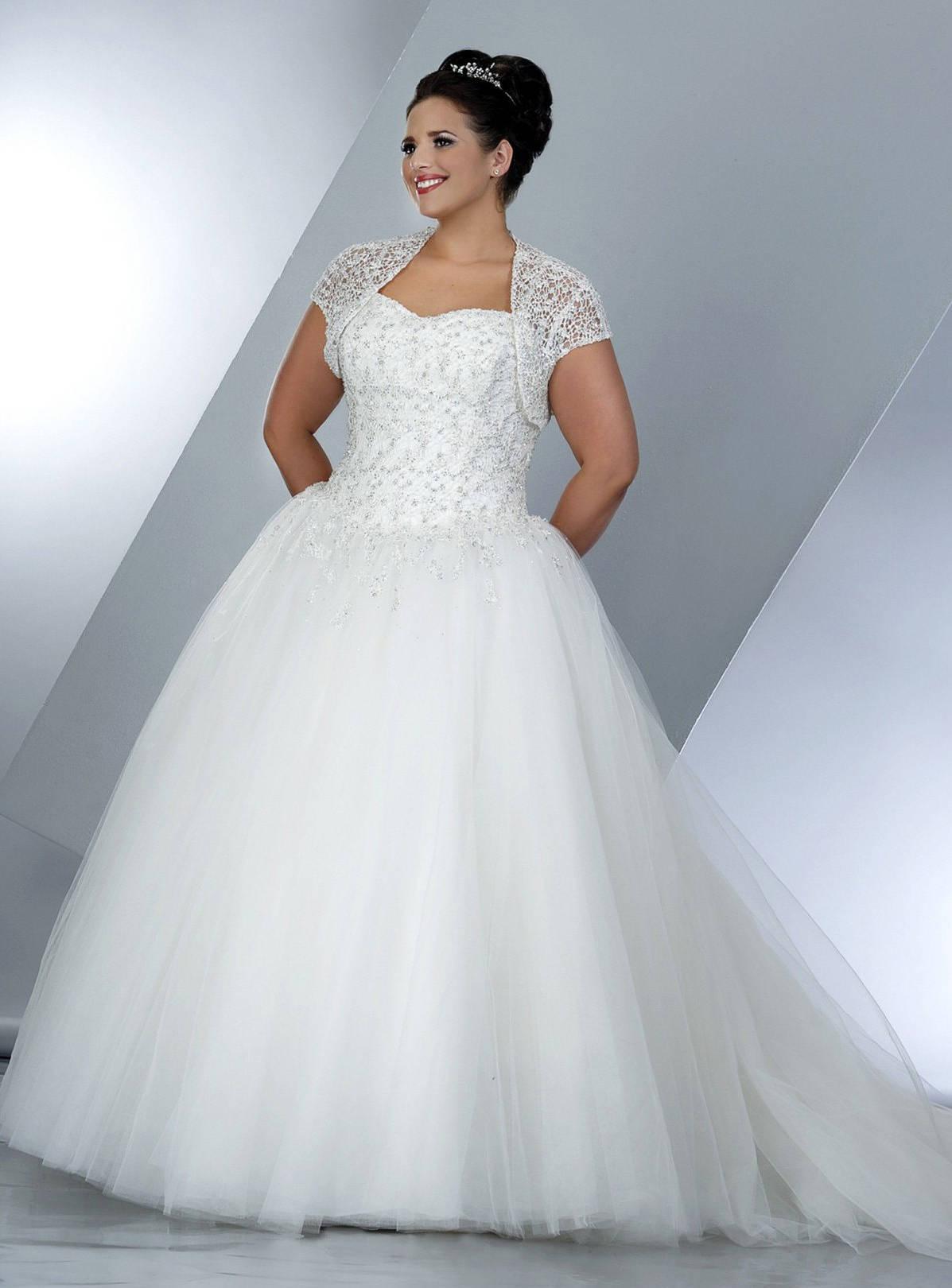Tongan couple on their wedding day
Table of Contents
Table of Contents
A Tongan wedding dress is a symbol of cultural pride and a deeply meaningful aspect of the wedding ceremony. Tongans take great pride in their traditional outfits, and the wedding dress is no exception. The intricate designs and vibrant colors make it a stunning piece of clothing that represents the rich history and traditions of Tongan culture.
Pain Points Related to Tongan Wedding Dress
A common pain point regarding Tongan wedding dress is finding the perfect outfit that captures both tradition and personal style. It can be challenging to strike the right balance and ensure that the dress is not too modern or too conservative. Additionally, finding the right materials and skilled craftsmen to create the dress can be difficult.
Target of Tongan Wedding Dress
The target of the Tongan wedding dress is to showcase the beauty and cultural significance of Tongan heritage. It is a representation of the love and respect for one’s roots and a way to honor the traditions of ancestors. The dress is a symbol of cultural identity and pride.
Summary of Main Points
The Tongan wedding dress is a meaningful symbol of cultural identity and pride. While it may be challenging to balance tradition with personal style, it is important to find the perfect outfit that honors the rich history and traditions of Tongan culture.
Personal Experience with Tongan Wedding Dress
As a Tongan descendant myself, I remember admiring the Tongan wedding dresses that my mother and grandmother wore. The ngatu, a traditional cloth made from the paper mulberry tree, was intricately woven into beautiful designs that symbolized the love and unity of the couple. When it came time for my own wedding, I knew that I wanted to honor my culture by wearing a Tongan wedding dress. It took time and effort to find the right materials and craftsmen to create my dress, but the end result was a dress that not only looked beautiful but was also deeply meaningful to me.
The Significance of Tongan Wedding Dress
The Tongan wedding dress is layered in cultural significance. The ngatu cloth is not only a representation of the beauty and richness of Tongan culture but also represents the love and unity of the couple. The designs woven into the dress tell a story and bring together the two families in celebration of the marriage. The colors used in the dress also hold significance. Red symbolizes love, black represents respect, and white stands for purity.
The Creation Process of the Tongan Wedding Dress
The creation process of the Tongan wedding dress is a delicate and intricate process that involves skilled craftsmen. The ngatu cloth is carefully woven into a variety of intricate designs that represent the couple’s love and unity. Skilled seamstresses then transform the cloth into a dress that is tailored to the bride’s measurements. The dress is typically adorned with lace, beading, or embroidery to add additional beauty and cultural significance.
The Modernization of Tongan Wedding Dress
The Tongan wedding dress has evolved over time, reflecting the modernization of Tongan culture. While traditional designs are still popular, modern Tongan wedding dresses incorporate new colors, fabrics, and styles that reflect personal preference and western influence. However, the underlying significance and cultural pride remain intact.
Frequently Asked Questions about Tongan Wedding Dress
What is the ngatu cloth?
The ngatu cloth is a traditional cloth made from the bark of the paper mulberry tree. It is intricately woven into beautiful designs that hold cultural significance.
What are the colors used in Tongan wedding dresses?
The colors used in Tongan wedding dresses hold symbolic meaning. Red symbolizes love, black represents respect, and white stands for purity.
Can modern designs be incorporated into Tongan wedding dresses?
Yes, modern designs can be incorporated into Tongan wedding dresses. Many brides choose to incorporate new colors, fabrics, and styles that reflect personal preference and western influence.
What is the significance of the designs woven into Tongan wedding dresses?
The designs woven into Tongan wedding dresses tell a story and bring together the two families in celebration of the marriage. They represent the love and unity of the couple and can vary in meaning from family to family.
Conclusion of Tongan Wedding Dress
The Tongan wedding dress is a beautiful representation of cultural identity and pride. It represents the love and unity of the couple and the rich history and traditions of Tongan culture. While it may be challenging to balance tradition with personal style, finding the perfect Tongan wedding dress is a meaningful process that honors ancestors and celebrates heritage.
Gallery
Tongan Traditional And Modern Attire | HubPages

Photo Credit by: bing.com / tongan dresses wedding samoan attire tapa traditional dress polynesian culture bridesmaid fijian samoa beautiful cloth wear pacific fiji island bridesmaids
Tongan Wedding | Traditional Outfits, Tongan Wedding, Clothes

Photo Credit by: bing.com / tongan wedding clothing traditional outfits clothes couple style
Tongan Outfit Made Of Ngatu Worn By Tangi Latu | Tongan Clothing

Photo Credit by: bing.com / tongan ngatu outfit designs polynesian tonga dresses wedding island worn traditional fashion culture designer man costumes latu tangi made style
Samoan Wedding Dress | Traditional Outfits, Samoan Wedding, Traditional

Photo Credit by: bing.com / samoan tongan samoa polynesian bridalandweddingtiaras
Tongan Couple On Their Wedding Day | Polynesian Wedding, Island Fashion

Photo Credit by: bing.com / tongan polynesian pulu





